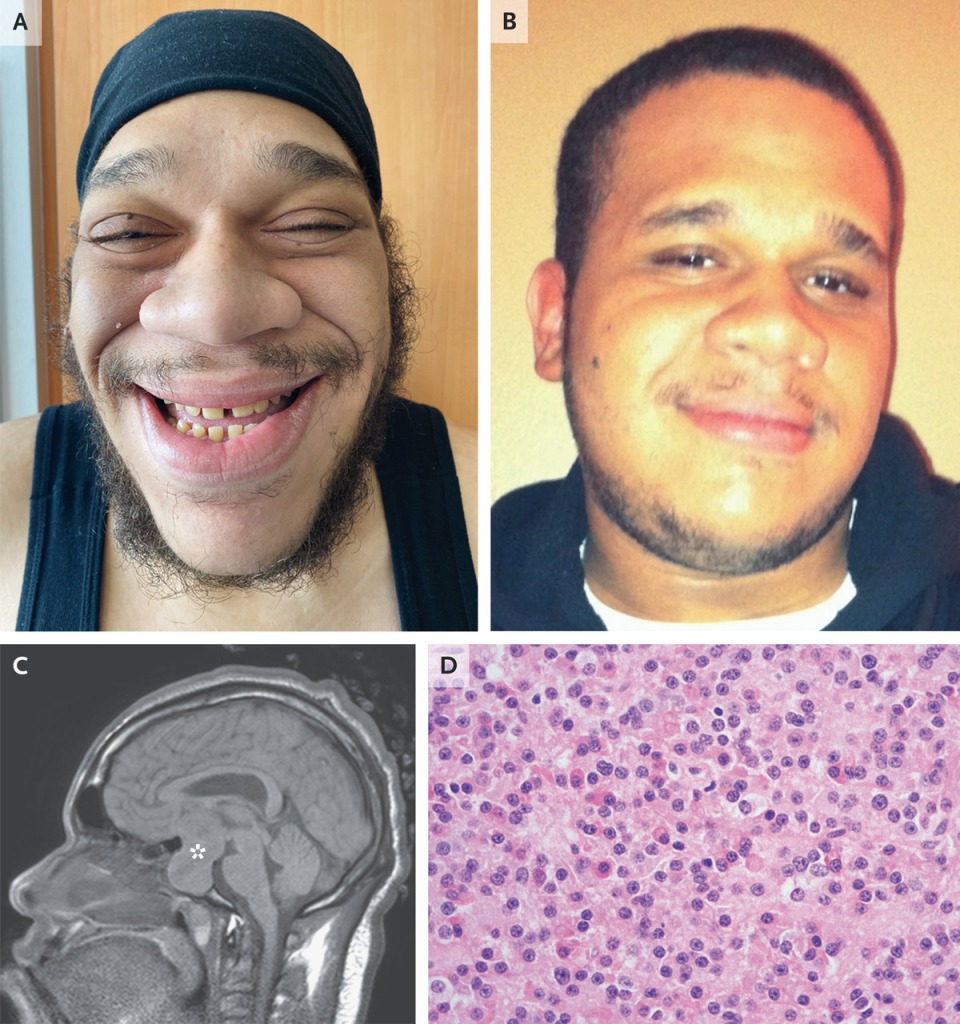Uncontrolled, persistent acromegaly is a strong predictor of incident type 2 diabetes, whereas disease diagnosis at an older age, and not disease activity, was associated with hypertension and major adverse cardiac events, according to a recent analysis.
“These findings suggest that the lack of a tight control of acromegaly activity plays a central role in the development of metabolic complications, whereas older age at diagnosis of disease influences the development of cardiovascular complications and events,” Fausto Bogazzi, MD, PhD, associate professor of endocrinology at University of Pisa, Italy, and colleagues wrote. “In addition, being overweight or obese and [a] smoking habit increased the [CV] risk in acromegalic patients as in the general population.”

Fausto Bogazzi
In a retrospective study, Sardella and colleagues analyzed medical records from 200 patients with acromegaly referred to the endocrinology section of the department of clinical and experimental medicine at University of Pisa between 1974 and 2014 (58.5% women). Using Cox regression analysis, researchers evaluated incidents of diabetes, hypertension and major adverse cardiac events. Each patient was included in the analysis of a specific outcome, unless they were affected when acromegaly was diagnosed. Patients were further classified as being in remission after pituitary adenomectomy, controlled by somatostatin analogue therapy or not controlled by somatostatin analogue therapy.
At diagnosis, 64 patients (32%) had diabetes 93 patients (46.5%) had hypertension and 17 patients (8.5%) already experienced a CV event.
After a diagnosis of acromegaly, diabetes occurred in 40.8% of patients. Researchers found that patients not controlled by somatostatin analogue therapy had a higher risk for diabetes vs. those who underwent adenomectomy (HR = 3.32; P = .006), whereas those well controlled with somatostatin analogue therapy had a 1.4-fold higher risk (P = .38) for diabetes vs. the adenomectomy group.
“It has been reported that [somatostatin analogue therapy] can worsen glucose metabolism by inhibiting insulin secretion and may be less effective than pituitary surgery in reducing the risk for death in patients affected by diabetes,” the researchers wrote. “However, it is possible that the relatively small number of patients included in the study affected the power of the analysis.”
Researchers found that age (HR = 1.06, P = .01) and BMI (HR = 1.05; P = .01) were predictors of hypertension, which occurred in 35.5% of patients after acromegaly diagnosis. Age (HR = 1.09; 95% CI, 1.02-1.17) and smoking (HR = 5.95; 95% CI, 1.52-25.26) were predictors of major adverse CV events, which occurred in 11.8% of patients after diagnosis. Therapy for acromegaly did not influence hypertension or major adverse CV events, according to researchers.
“Our study pointed out that the control of acromegaly activity is necessary but is not the only target in the whole management of patients with this rare syndrome,” Bogazzi told Endocrine Today. “The cure (and prevention) of systemic complications of acromegaly is the mainstay of the therapeutic strategy and should include prevention of hypertension, diabetes, cessation of smoking and a weight loss program. All those objectives did not differ from those advocated for non-acromegalic patients.” – by Regina Schaffer

